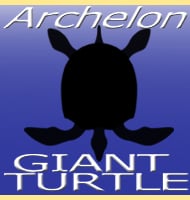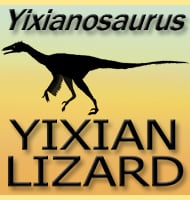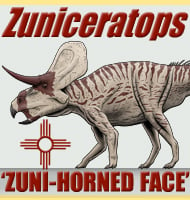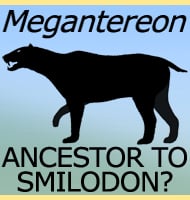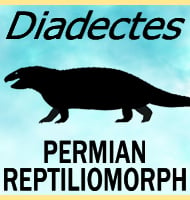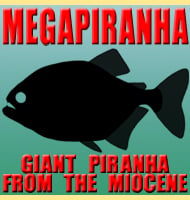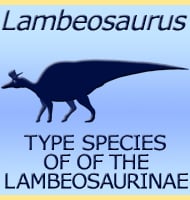In Depth
Pristerodon is a genus of dicynodont that lived during the late Permian. Like relative genera, Pristerodon was a plant eater and likely dug out burrows on flood plains. Analysis of one Pristerodon has revealed the presence of an eardrum in the lower jaw. Not only has this given us an insight into how Pristerodon sensed their environment, but that as Pristerodon chewed food, they likely had their hearing impaired and were likely more vulnerable to predators sneaking up on them as they ate.
Further Reading
- The origins of the cochlea and impedance matching hearing in synapsids. - Acta Palaeontologica Polonica 60. - Michael Laa� - 2015.

